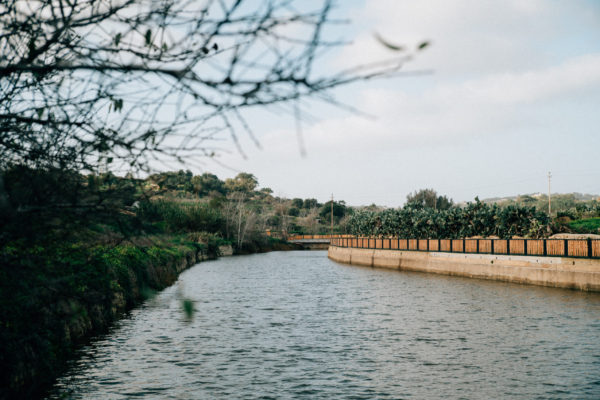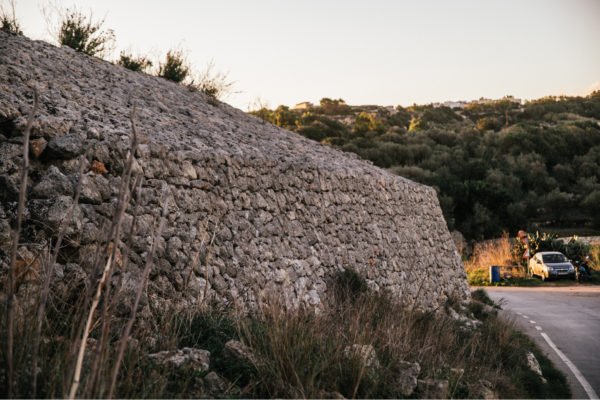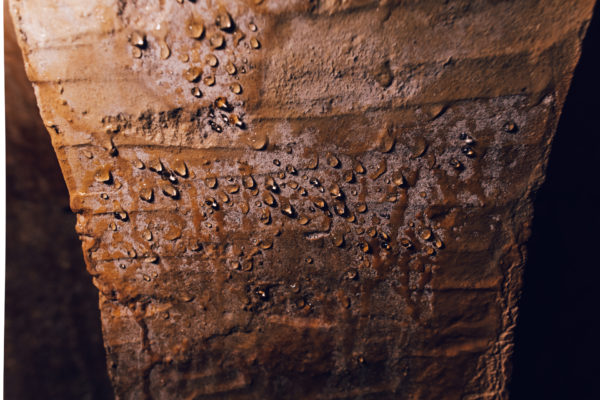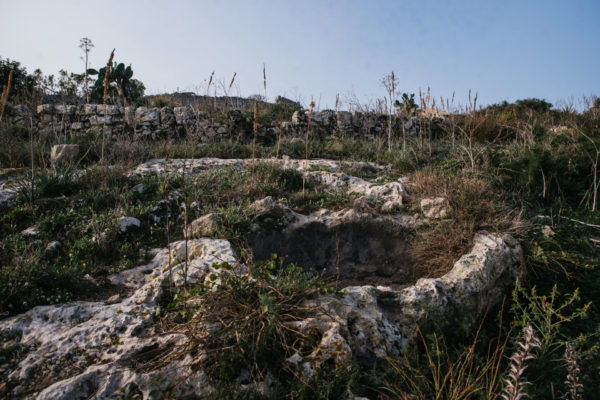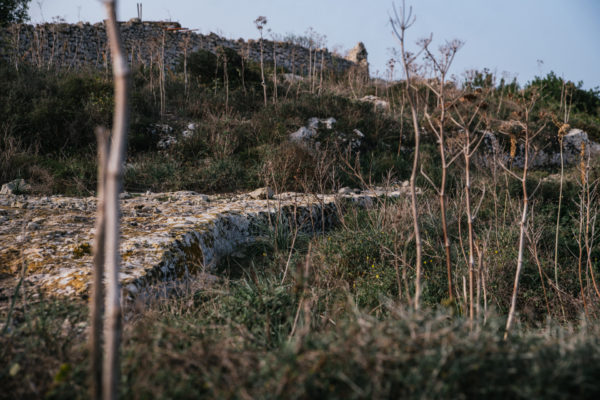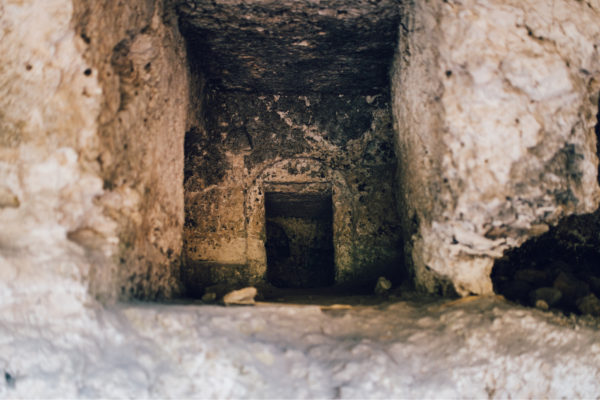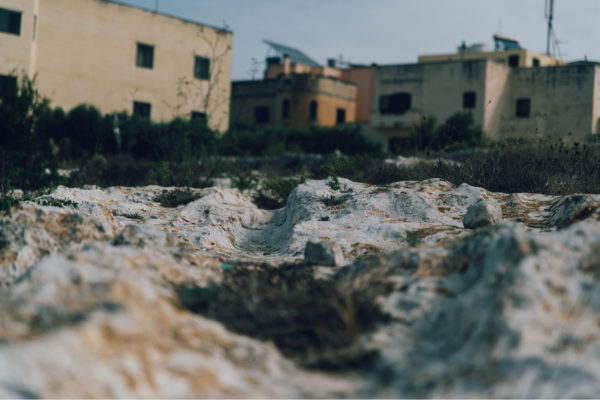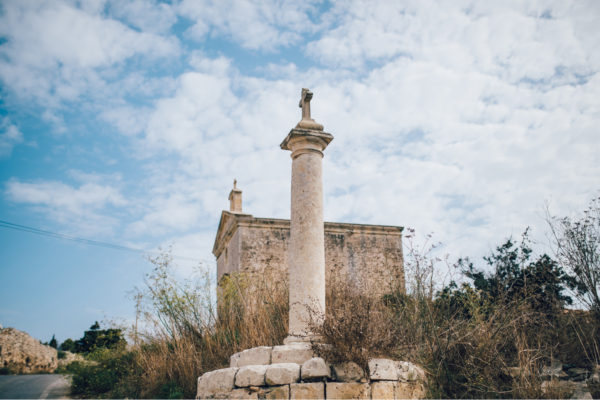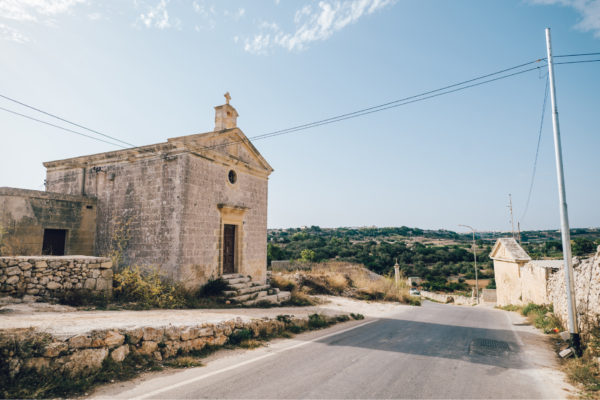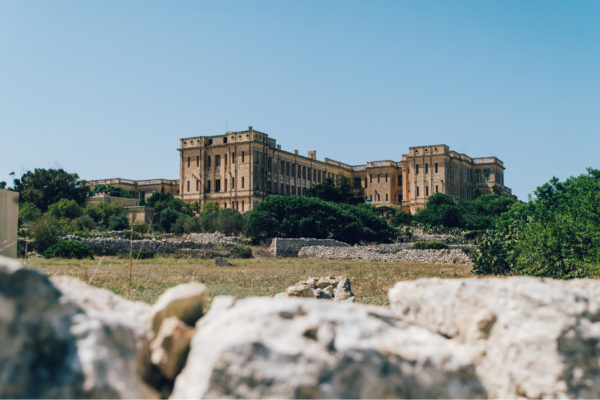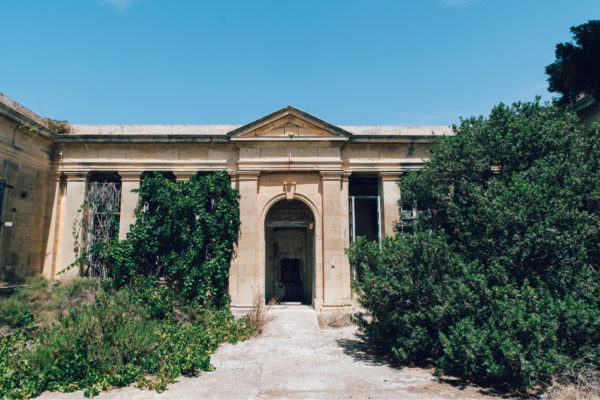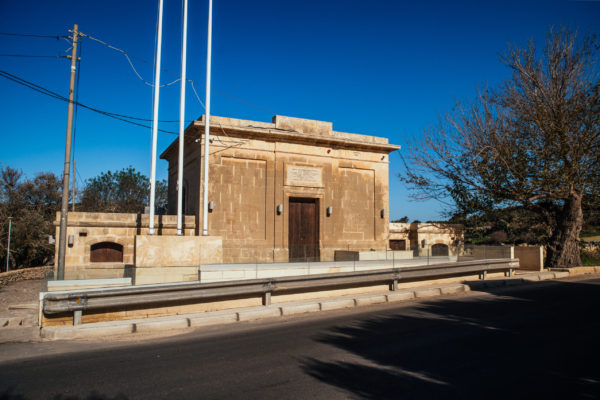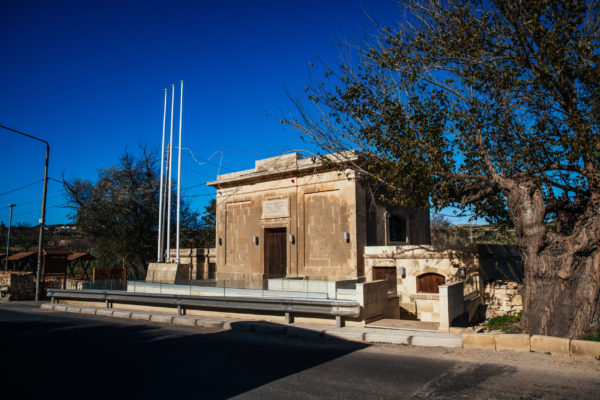
Walking along Chadwick Lakes one is bound to hear a sharp unmistakable explosive far-reaching strophes of the Cetti’s warbler’s song: short bursts lasting for about five seconds. The singer is well hidden in dense vegetation, and its song can be heard throughout the year except during July and August: the moulting season.
The Cetti’s warbler is only 14 cm from bill to tail, with a wingspan of 15 to 19 cm. It is of a rufous-brown mantel, extending from the crown, to the forehead, hind neck, back and tail, with a dirty-white chin, throat and underparts. The bill is rather short, straight and thin, while the legs are strong amber or flesh-brown with grey claws.
The male and female display the same colours, though the female is slightly smaller.
The Cetti’s warbler is a resident sedentary bird in the Maltese Islands. The pair keeps to its territory, defending it aggressively, especially during the breeding season.
Cetti’s warbler can breed when only one year old. The female builds the nest around March with possibly two broods in a season. The nest is about 30 to 45 cm off the ground, and about 9.1cm high and 9.7 cm wide, with a cup of 5.1 cm diameter and height. The two to five smooth, glossy eggs, are dark red in colour when freshly laid, incubated only by the female. The nest is well hidden in thick undergrowth, such as bramble, honeysuckle, reeds, as well as young poplar and willow.
The eggs hatch after 17 days, and fledglings leave when 14 to 16 days old. At 35 days they disperse from their parents’ territory.
Cettis’ warblers feed mainly on insects, though they take other invertebrates such as spiders and small snails.
Cetti’s warbler is protected by the EU Bird Directive and by local legislation. It is listed as locally endangered in the Maltese Red Data Book.









